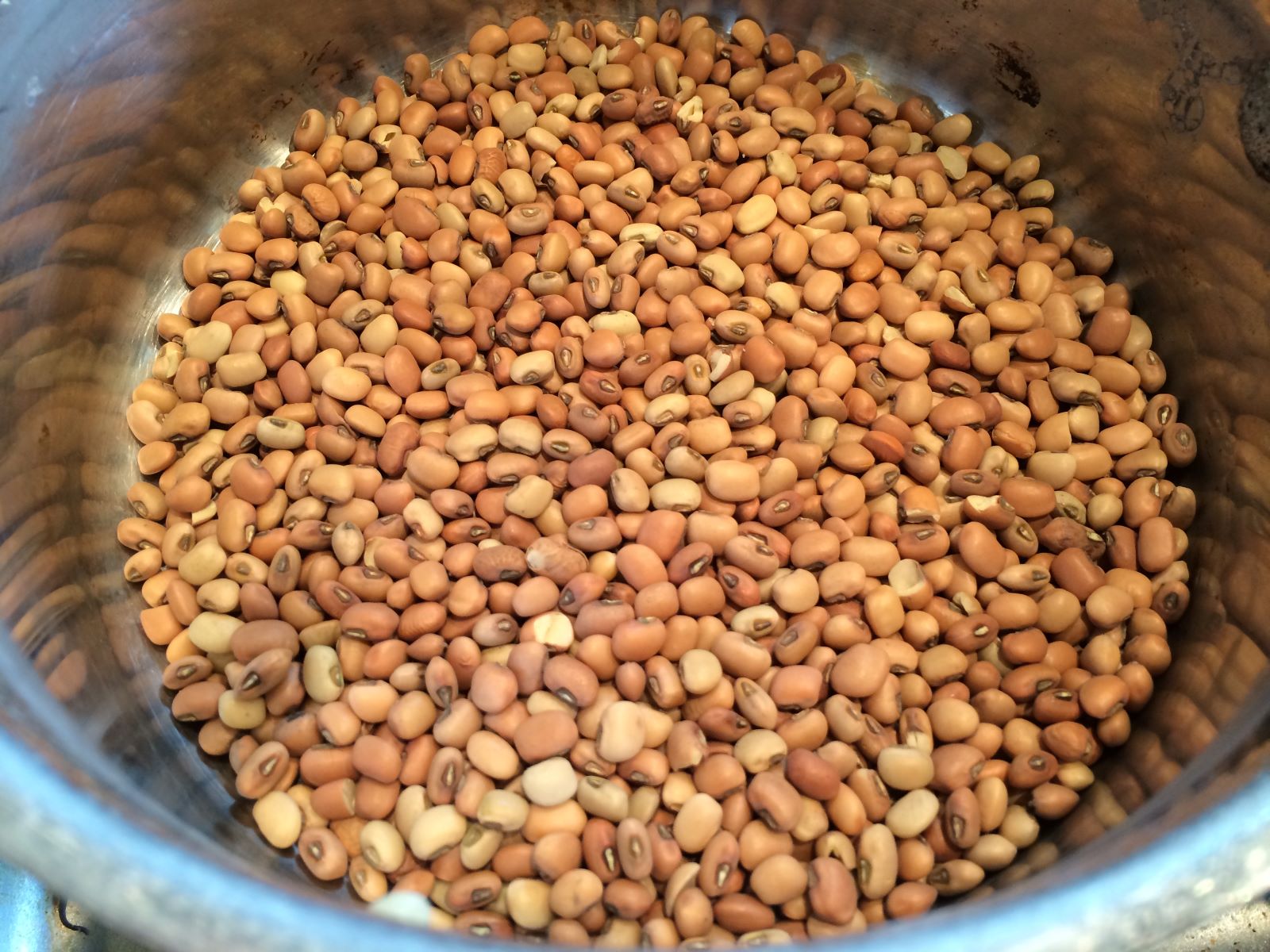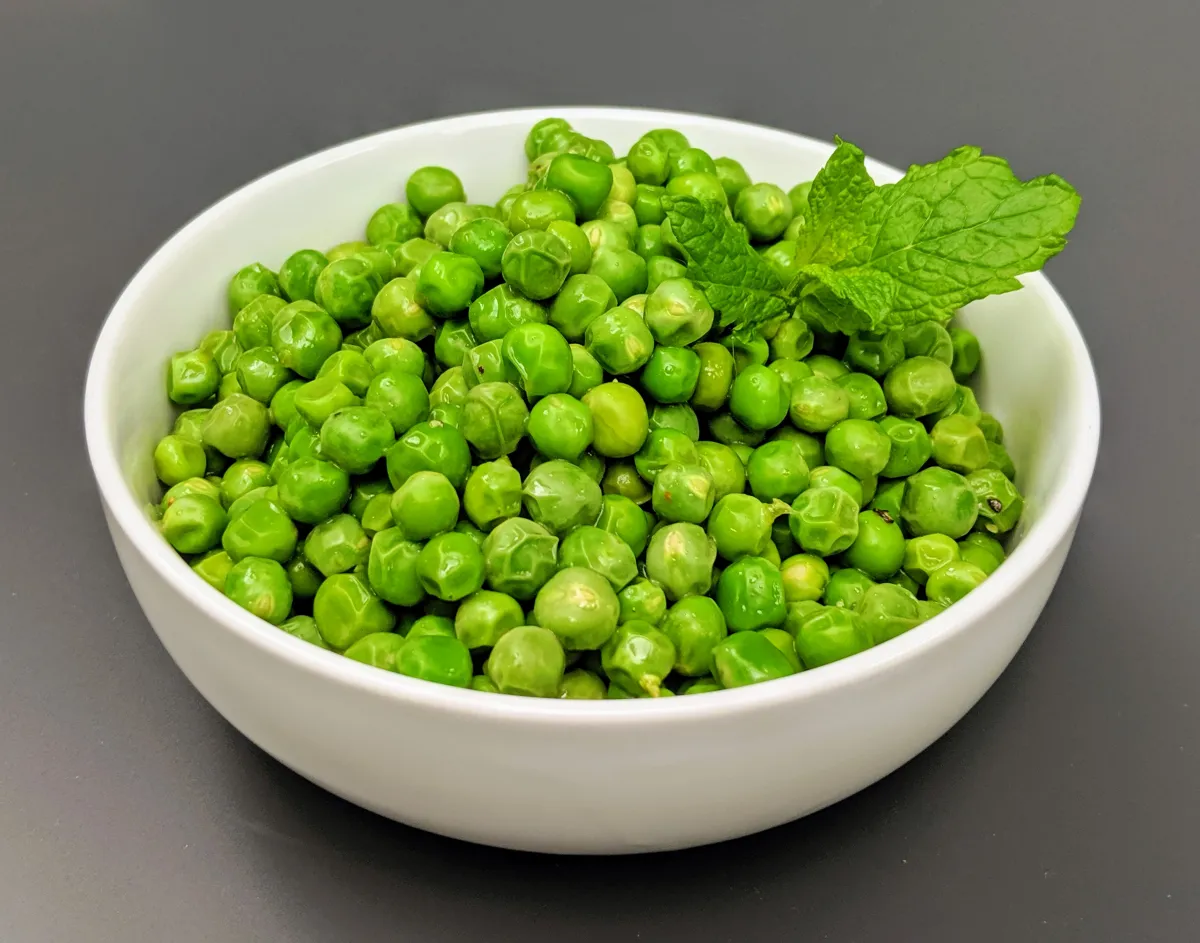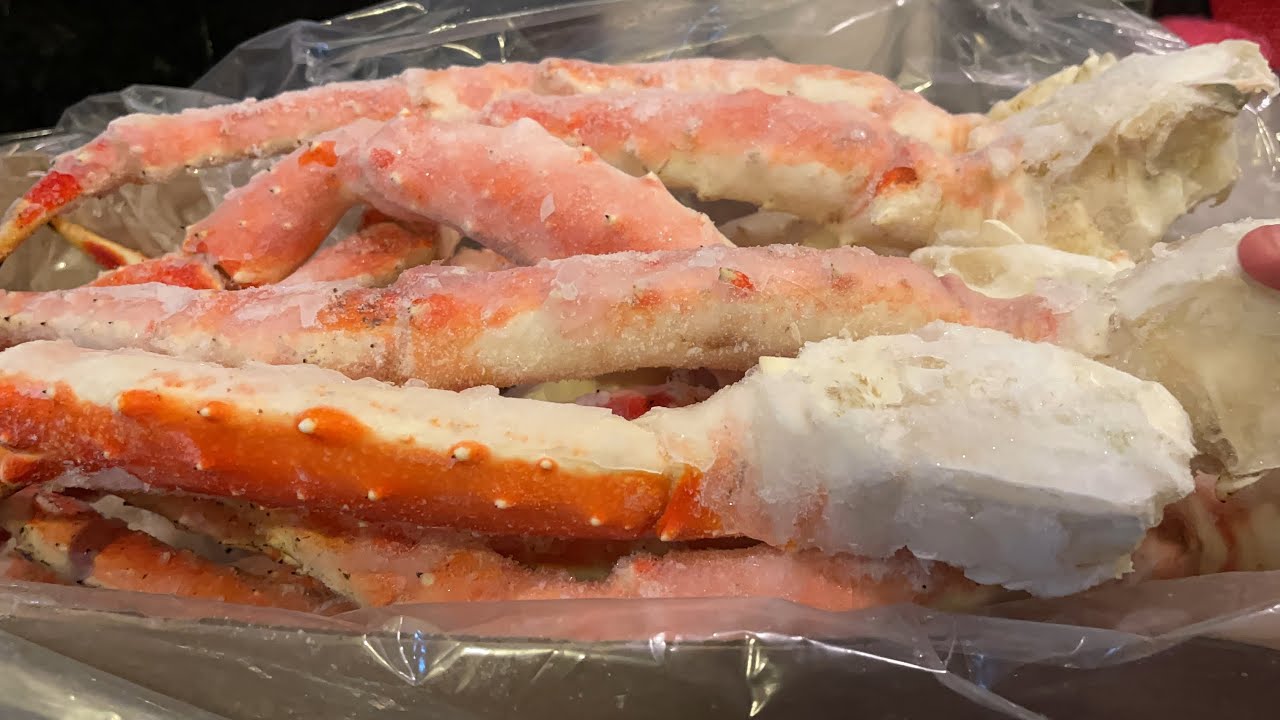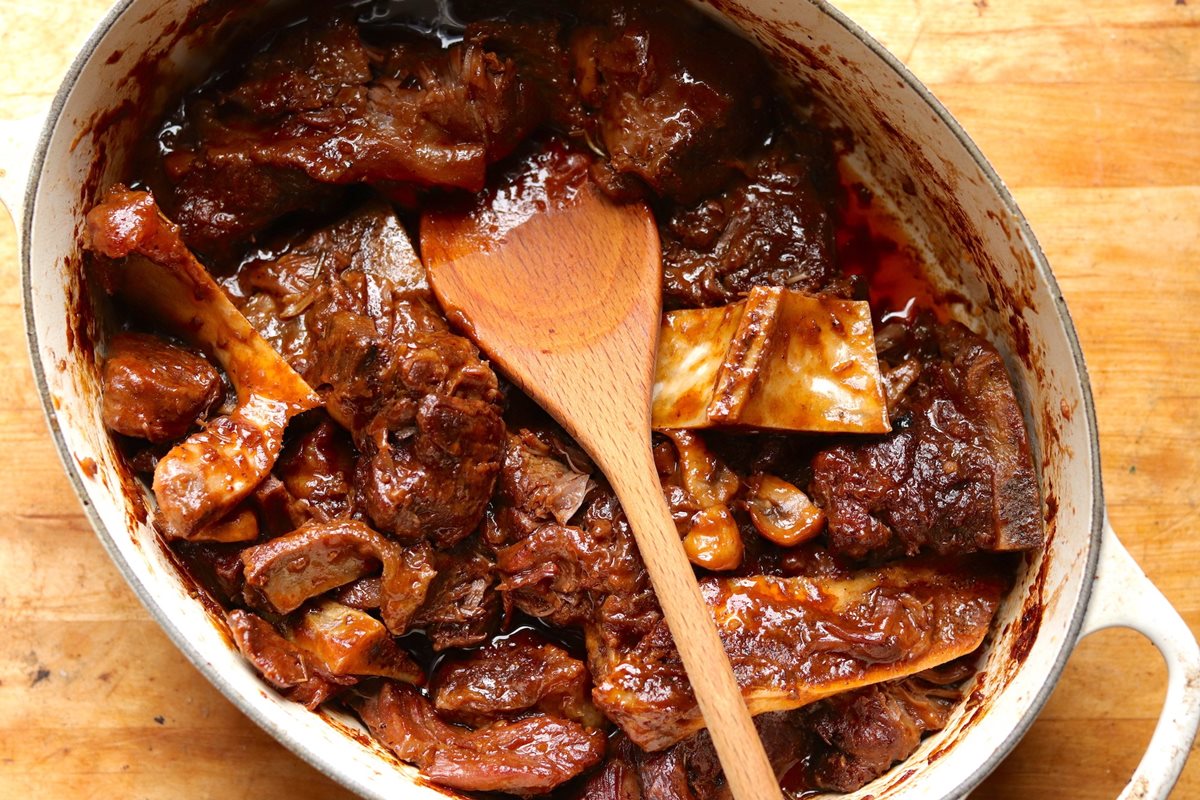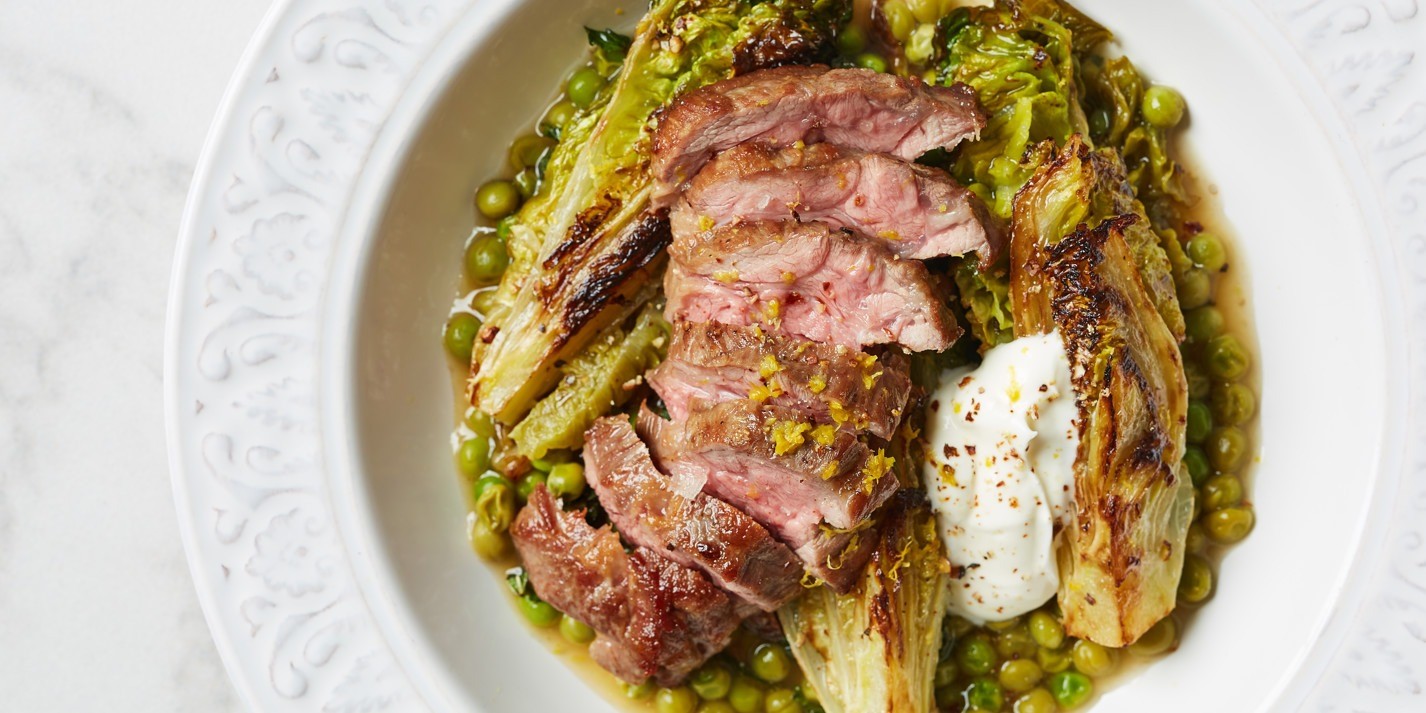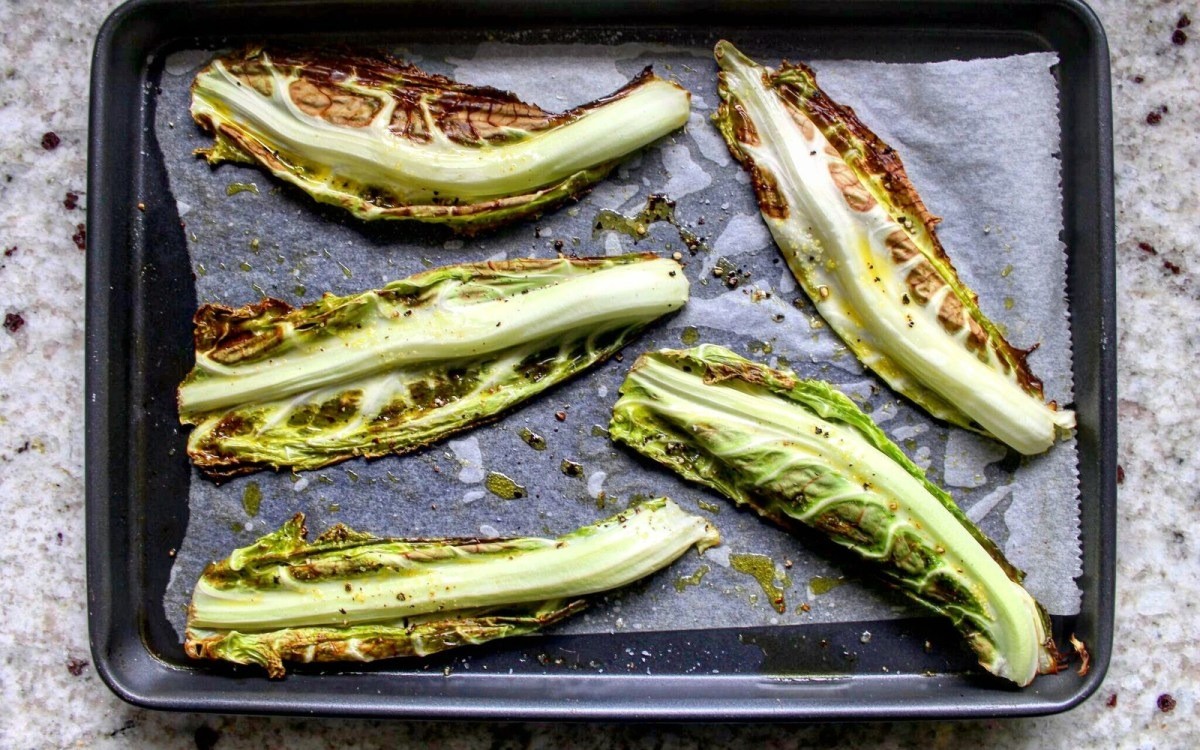How To Cook Somen Noodles
If you’re a fan of Japanese cuisine, you’ve probably come across Somen noodles. These thin, delicate noodles are a staple in Japanese households, especially during the hot summer months. Somen noodles are not only refreshing but also incredibly versatile, making them a great addition to any meal. In this blog post, we’ll guide you through the process of cooking Somen noodles to perfection. Let’s get started!
Ingredients:
- 1 pack of Somen noodles
- 4 cups of water
- 1 tablespoon of salt
Step 1: Boil the water
Fill a pot with 4 cups of water and bring it to a rolling boil. Adding salt to the water will enhance the flavor of the noodles, so don’t forget to include it.
Step 2: Cook the Somen noodles
Add the Somen noodles to the boiling water and gently stir to separate them. Cook for about 2-3 minutes or until the noodles are al dente. Be careful not to overcook them, as Somen noodles have a tender texture.
Step 3: Rinse the noodles
Once the noodles are cooked, drain them using a colander and rinse them under cold running water. This step helps remove any excess starch and prevents the noodles from sticking together.
Step 4: Serve and enjoy!
Now that your Somen noodles are perfectly cooked, it’s time to enjoy them! You can serve them cold or warm, depending on your preference. Somen noodles are often served in a light soy-based dipping sauce called Tsuyu. You can also add toppings like sliced cucumber, green onions, or sesame seeds to enhance the dish’s flavor and presentation.
Somen noodles are incredibly versatile and can be used in various dishes. They are commonly found in salads, stir-fries, and even hot soups. Don’t be afraid to experiment and get creative with your Somen noodle recipes!
Now you know how to cook Somen noodles like a pro! With just a few simple steps, you can enjoy these delicious and refreshing noodles at home. So why not give it a try and impress your friends and family with your newfound culinary skills?
Remember, practice makes perfect, so don’t worry if your first attempt isn’t flawless. Keep experimenting, adjusting flavors to your liking, and soon you’ll master the art of cooking Somen noodles. Happy cooking!
Was this page helpful?
Read Next: How To Cook Packaged Udon Noodles




